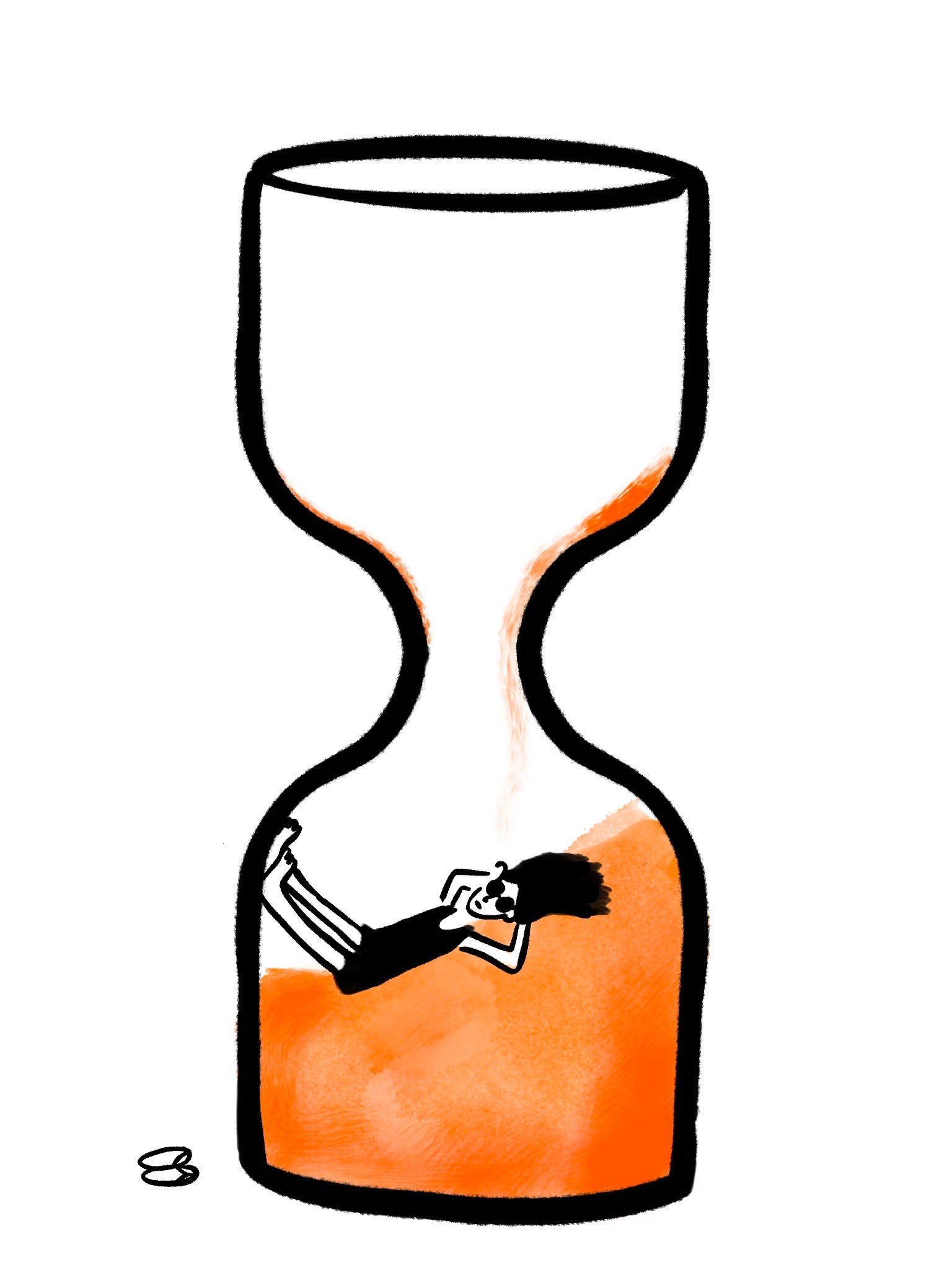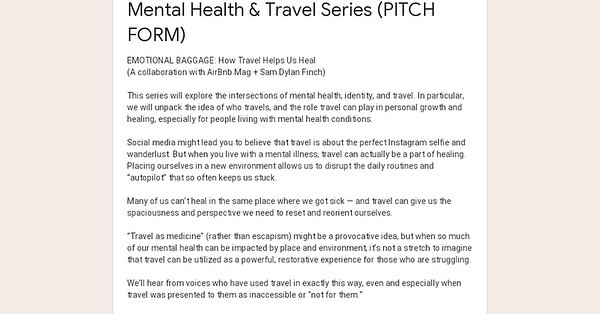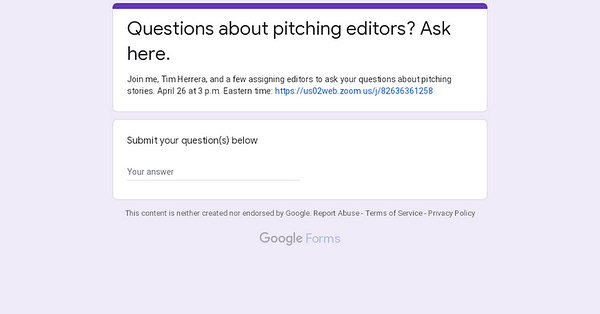 |
This week, I typed out 3000 words with my fingertips.
I usually get my manicures done by a freelance nail artist, who hand-paints moons and stars onto my natural nails. Since lockdown, unable to do other people’s nails, she’s started selling custom-made press-on nails. When I ordered my set, she asked if I wanted my usual shape and length (short and round). I said, “No, I want the longest, pointest set you have.” No time like lockdown to be drastic.
And so it was that I found myself on a Tuesday evening, attaching inch-long nails to my fingers. They looked fierce, like witch’s talons. At a time when I feel so fragile, it felt good to have armour on.
And then I tried to type.
My new nails stretched past the key I was aiming for and hit the one two rows above it. As luck would have it, this week was busy. I had two features to write, as well as two newsletters. I needed to churn out more than 3000 words and I couldn’t strike the right keys.
My first instinct was just to take the nails off. Duh! However, I’ve not worn false nails since I was a teenager. Turns out, these days, the adhesive they sell to bond the plastic nails to your real ones is basically superglue. I tried soaking them to loosen the glue but to no avail. My new finger appendages were going to be with me for some time.
And so I did the only thing I could: I adapted. I figured out that rather than trying to curve my fingers upwards so that the pads could reach the keyboard, I could type with the end of the nails. And so there I was, poking at the keys one by one.
From years of using the Pomodoro technique, I know that on a good day I can write up to 700 words in 25 minutes. By the time I managed to get my key-poking technique up to its top speed, I was averaging less than a third of that. I was in for a long week. Or so I thought.
For as long as I can remember, my mind has worked a lot faster than my hands. I’d race through my school homework, only to show it to my mum who’d tell me I’d “eaten some of my words”. I’d written so quickly that I’d missed out (or “eaten”) words in my sentences. My mind is already at the end of the paragraph as my hands try to catch up, skipping over words in my haste. Long-time readers of this newsletter may have noticed by now that it’s still a persistent problem of mine.
In my old life, I used to go to a pilates class on a Friday morning. The instructor would tell us that we need to develop our mind-body connection. She would try to get us to do these exercises which target specific muscles in our backs. She would stand at the front of the class and explain that work itself wasn’t physically challenging, we just had to get our brains to send the signal to the right part of the body. I never could get the right muscle to activate.
In writing so slowly with the falsies, though, it forced me to, finally, sync up my brain with my hands. Every single keystroke counts when you type with long nails. You do not want to be bashing that backspace button. With those talons, I was forced to do something radically different. Think before I typed. Yes, it took me longer to get the words onto the page but the words themselves were that much closer to the ones I actually intended to convey. Finally, slowly, I’d managed to activate the right muscle.
The List
On this week’s episode Is This Working, my podcast about working life, we talked about what it means to build a kind business. We had the founder of DAME, a plastic-free period brand, on to chat about compassionate leadership, empathy and purpose over profit. We’ve also got a discount code for 30% off an organic tampon subscription with the code ITW30: wearedame.co
I started writing this assignment for Forge about showing your boss all the invisible work you do before the lockdown came into full effect. The advice I gleaned from the experts in the reporting of this piece feels all the more relevant now so many of us are working physically apart from each other.
I treated myself to a New Yorker subscription because I wanted something to read that wasn’t on a screen and came through the letterbox. This profile of Juan Sanabria, one of the first fatalities of coronavirus in New York was beautiful
The Cut has done a really helpful explainer on what exactly is a furlough
I just finished reading Anne Tyler’s Ladder of Years. I’ve been trying to read the books already sat on my bookshelf and this was a delight. Tyler’s art is in her descriptions of the mundanity of everyday life, which feels like such a luxury right now
Calls for pitches










